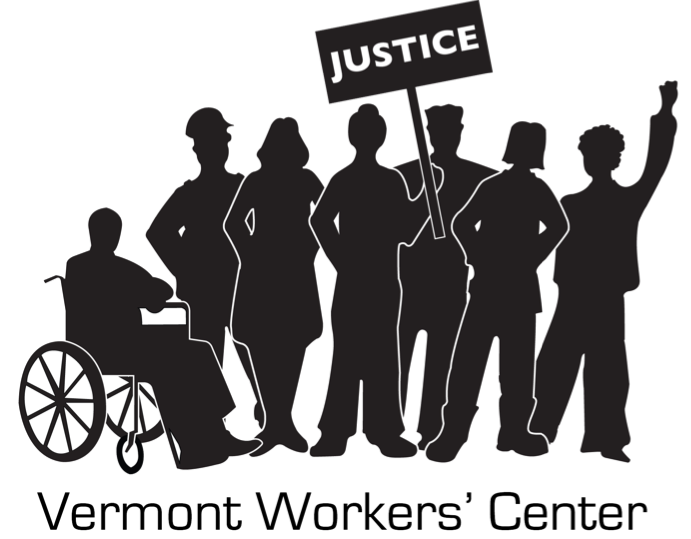By Tanya Waters, RN, Vermont Workers Steering Committee Member
For-profit nursing homes have always had their critics, those that say that it is fundamentally wrong for corporations to make profits from the sick and dying. While in Vermont we do not have any for-profit hospitals, two-thirds of our nursing homes are operated with the goal of making a profit. This year a study came out that confirms these critics’ fears about for-profit nursing homes.
According to a joint study by Harvard University and the University of California in San Francisco, for-profit nursing homes are much more likely than their non-profit counterparts to be cited for deficient quality. The study showed that the quality of care was particularly poor at facilities that are part of nursing home chains. Virtually every nursing home in the country was analyzed as part of this study, which found that for-profit nursing homes were cited for deficient care 46.5% more frequently than non-profit nursing homes. Nursing homes that are part of for-profit chains were found to be even worse, and were cited for more “severe problems.”
This report cites exactly the types of conditions reported by the workers at Berlin Health & Rehabilitation Center (BH&RC), in Berlin Vermont. BH&RC is part of a for-profit nursing home chain called CPL Subacute. CPL Subacute is the largest for-profit nursing home chain in Vermont and is owned by CPL Real Estate Investment Trust (REIT), the largest for-profit nursing home chain in Canada. REIT’s are corporations that make their money by acquiring “income-producing properties.” Unfortunately, in the minds of these profit-focused investors, nursing homes get included with the likes of shopping malls.
“When for-profit chains understaff their facilities and underpay their workers, the chain makes money but quality suffers,” said Steffie Woolhandler, MD, MPH, associate professor of medicine at Harvard Medical School and co-author of the study. “The quality of care largely determines quality of life. Nursing homes care for many people too frail, sick and powerless to choose or even protest their care. It is unwise to entrust such vulnerable patients to profit-seeking firms.”
In August of 2000, the nursing home workers at BH&RC organized a union so they could have a stronger voice in their workplace and therefore administer better care to the residents. Nursing homes often pay poverty wages to their primary care givers, Licensed Nurses’ Aides (LNAs). This reality results in LNA turnover as high as 80-90% a year, which not only negatively effects care-giving, but severely limits the crucial human relationships which naturally form between the staff and residents. In another effort to lower costs and increase profits, nursing homes such as BH&RC are often critically understaffed.
In addition to the emotional nature of their roles, LNA’s have one of the toughest physical jobs in health care. They dress, bathe, move and feed residents. Essentially, they take care of all the daily needs of people who aren’t capable of caring for themselves. When staffing is low, workers don’t have the time or resources to do their jobs. This situation greatly increases the chance that residents will develop bed sores, experience dangerous levels of dehydration or simply become lonely.
The sad irony of private nursing homes is that they are almost entirely publicly financed. Usually, over 80% of their revenue comes from taxpayer pockets, primarily Medicaid and Medicare. We are paying these companies to provide substandard care.
The fundamental problem with corporations running in nursing homes for profit is declared on CPL REIT’s website directed to stockholders: “CPL REIT has two growth mandates: find and acquire the right investment properties, then operate them profitably.” Clearly CPL-REIT and Berlin Health & Rehabilitation Center have forgotten that heir primary focus should be on caring for their residents, and providing their employees with all the tools that they need to do so.
